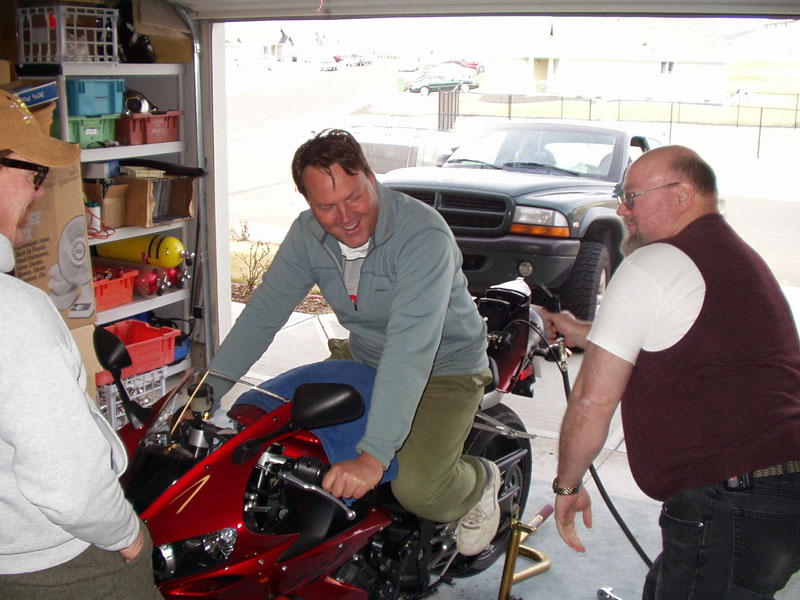Geezer
Parsimonious Curmudgeon
I installed my Wilbers shock and fork springs this weekend. While I was pouring out the old spoogey fork oil I noticed that the tubes do indeed have some sort of bung near the bottom of each tube. It looks like it has a slotted screw in the middle of it. Anybody know what these are for? Probably just wishful thinking but it looks like it might be a drain plug for changing fork oil.
Last edited by a moderator:



































![fjackets Real Lambskin Leather Biker Jacket — Quilted Cafe Racer Zip Up Moto Leather Jackets For Men | [1100085] Johnson Brown, XL](https://m.media-amazon.com/images/I/41I7Pm1f+vL._SL500_.jpg)





























